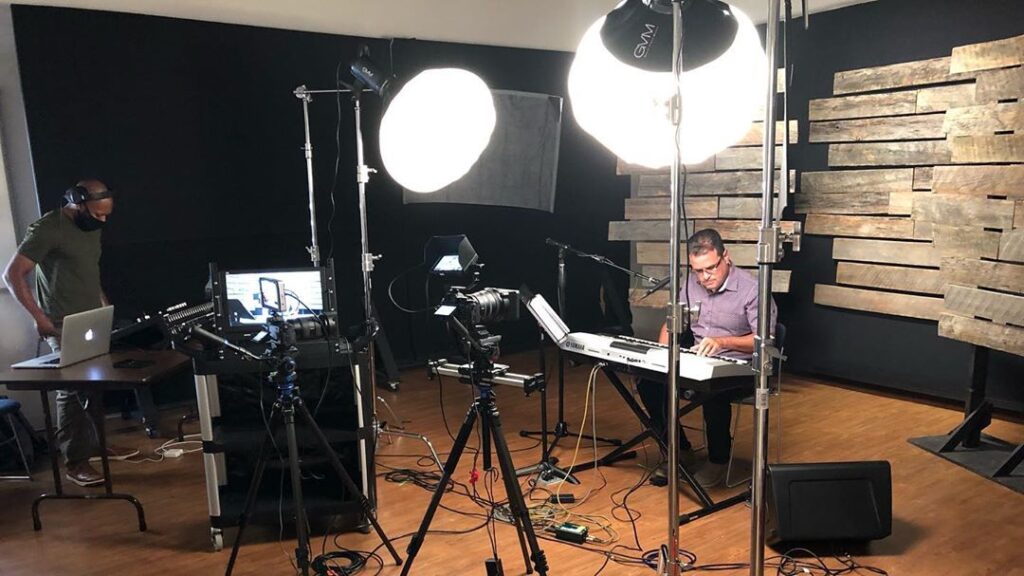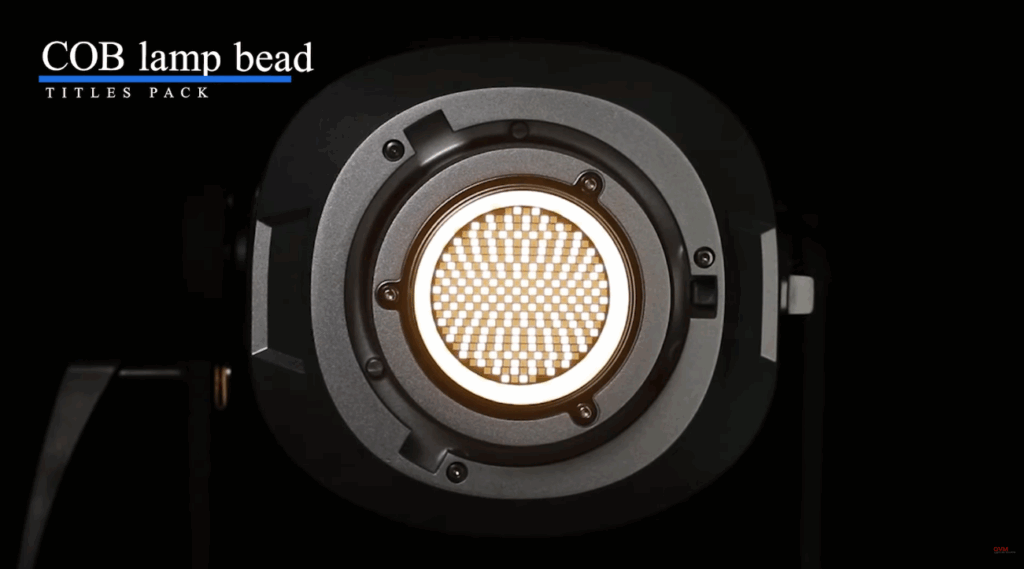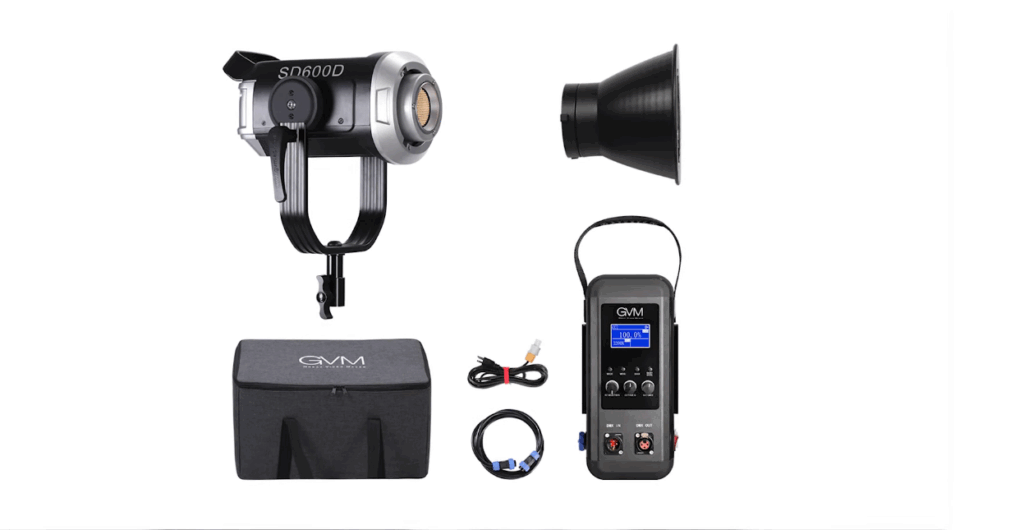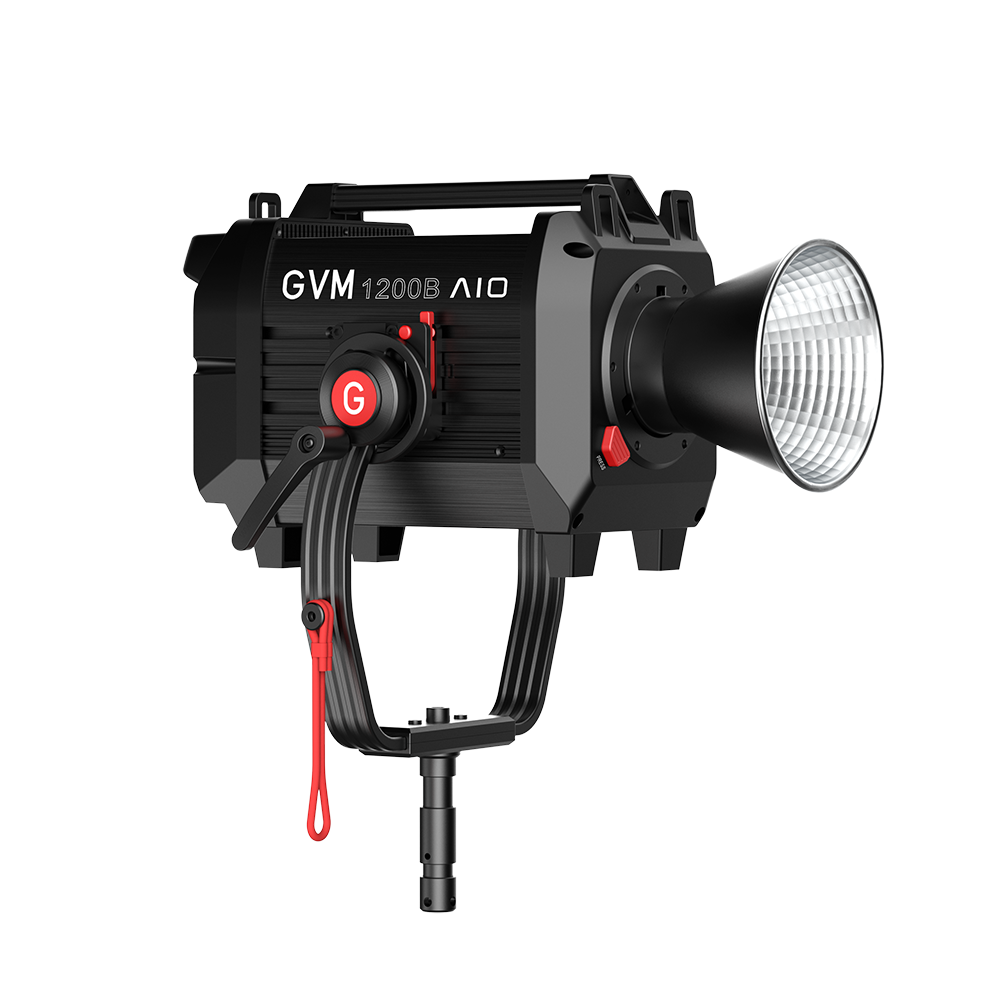As photographers, mastering light is paramount. Whether you’re sculpting portraits, capturing dynamic action, or showcasing products, your choice of illumination fundamentally shapes the final image. When equipping your studio or location kit, one of the most critical decisions revolves around your primary light source: Should you invest in strobe photo studio lights(also known as flashes) or opt for continuous photo studio lights.

This isn’t a simple question with a one-size-fits-all answer. Both strobes and continuous lights are powerful tools, each offering distinct advantages and facing certain limitations. Understanding these nuances is crucial for making an informed investment that aligns with your specific photographic style, workflow, and technical requirements.
This ultimate guide will dissect the core differences between strobe and continuous lighting systems. We’ll explore their mechanics, compare their performance head-to-head across key criteria, outline their respective pros and cons, and help you determine which type of photo studio lights is the optimal choice for your unique needs as a photographer. Let’s illuminate the path forward.

Understanding the Basics: What Are Strobe Lights (Flashes)?
Strobe lights, often referred to simply as flashes or studio strobes, are designed to produce a very brief, high-intensity burst of light precisely when your camera’s shutter is open. Think of them like controlled, miniature lightning strikes.
How They Work: A Powerful Burst of Light
At their core, strobes work by charging capacitors and then rapidly discharging that stored energy through a flash tube filled with xenon gas. This process generates an incredibly bright, instantaneous flash of light, typically lasting only a fraction of a second (e.g., 1/1000s to 1/10,000s or even faster). This short duration is key to one of their major advantages.
Common Types: Monolights, Pack-and-Head Systems, Speedlights
While various forms exist, the most common photo studio lightsin the strobe category include:
- Monolights:Self-contained units housing the power supply, controls, and flash tube in a single head. They are popular for their balance of power, portability, and cost-effectiveness.
- Pack-and-Head Systems:These separate the power pack (generator) from the flash heads. This allows for much higher power outputs, faster recycle times, and centralized control, often favored in high-end commercial studios, but they are generally less portable and more expensive.
- Speedlights (Hotshoe Flashes):While primarily designed for on-camera use, multiple speedlights can be triggered wirelessly off-camera to create sophisticated studio-like setups, offering excellent portability. However, their power output is typically lower than dedicated studio strobes.
Key Terminology Explained: Guide Number (GN), Recycle Time, Modeling Lamp
When evaluating strobes, you’ll encounter specific terms:
- Guide Number (GN):A measure of a flash’s maximum light output potential. A higher GN indicates a more powerful strobe capable of illuminating subjects further away or allowing for smaller apertures/lower ISO settings.
- Recycle Time:The time it takes for the strobe’s capacitors to recharge after firing before it’s ready for the next flash. Faster recycle times are crucial for capturing rapid sequences.
- Modeling Lamp:A secondary, usually lower-power continuous light bulb integrated into the strobe head. Its purpose is to provide a previewof how the flash light will fall on the subject, helping you position the light and modifiers before taking the shot. It’s notthe main light source and is significantly dimmer than the actual flash output.

Understanding the Basics: What Are Continuous Lights?
As the name implies, continuous lights provide a constant, uninterrupted stream of illumination. Unlike strobes that fire in bursts, these lights stay on, much like a standard household lamp, but typically much brighter and with better color accuracy.
How They Work: Consistent, Uninterrupted Illumination
Continuous lights use various technologies to produce light constantly. While older options like tungsten (hot, inefficient, warm color cast) and fluorescent (CFL – better efficiency, potential flicker/color issues) exist, the dominant technology today is LED (Light Emitting Diode). LEDs offer excellent energy efficiency, low heat output, long lifespan, and increasingly accurate and adjustable color temperature and brightness.
The WYSIWYG Advantage: What You See Is What You Get
The single most significant advantage of continuous photo studio lightsis the WYSIWYG principle. Because the light is always on, you can see precisely how the light is interacting with your subject—where shadows fall, how highlights appear, and the overall effect of your lighting setup—in real-time through your viewfinder or on your camera’s live view screen. This makes them incredibly intuitive, especially for beginners learning about light shaping.
Common Types: LED Panels, COB LEDs, Ring Lights
- Modern continuous lighting comes in various forms:
- LED Panels:Flat panels containing numerous small LEDs, often offering adjustable brightness and color temperature (bi-color). They produce a relatively soft light source out of the box.
- COB (Chip-on-Board) LEDs:Feature a single, large, high-intensity LED source. These often mimic the form factor of traditional studio strobes and are designed to be used with standard modifiers like softboxes and umbrellas via mounts like the popular Bowens S-mount.
- Ring Lights:Circular lights popular for portraiture, beauty work, and vlogging, creating a distinct catchlight in the eyes.

Head-to-Head Comparison: Key Differences Between Strobes and Continuous Lights
Now, let’s pit these two types of photo studio lights against each other across crucial performance metrics:
Light Intensity / Power Output (Lumens vs. Watt-Seconds)
- Strobes:Win decisively in terms of peakpower output relative to their size and cost. Measured in Watt-Seconds (Ws), even entry-level monolights (e.g., 300-500Ws) produce vastly more instantaneous light than most similarly priced continuous lights. This allows photographers to easily overpower bright ambient light (like sunlight) or use very small apertures (f/11, f/16, etc.) for greater depth of field while keeping ISO low for maximum image quality.
- Continuous photo studio lights :Measured in Lux or Lumens, their constant output is significantly lower than a strobe’s peak flash. While high-output professional LED lights exist, achieving the sheer power of a mid-range strobe often requires larger, more expensive continuous units. You may need to use wider apertures, higher ISO settings, or slower shutter speeds.
Ability to Freeze Motion
- Strobes:Excel at freezing motion. Their extremely short flash duration (the burst of light itself) effectively acts as the exposure time for the light hitting the subject, regardless of your camera’s shutter speed (as long as it’s within sync speed limits). This makes them ideal for capturing sharp images of dancers, splashes, or any fast-moving subject in a controlled environment.
- Continuous photo studio lights :Offer no inherent motion-freezing capability beyond what your camera’s shutter speed allows. To freeze motion with continuous lights, you need a fast shutter speed, which, given their lower output, often necessitates wider apertures or higher ISOs, potentially compromising image quality or depth of field.
WYSIWYG vs. Modeling Lamps
- Strobes:Rely on modeling lamps for a rough preview. However, the modeling lamp’s intensity and color temperature rarely match the actual flash output perfectly, meaning you often need test shots (“chimping”) to truly see the final effect.
- Continuous photo studio lights :Provide a true WYSIWYG experience. The light you see before pressing the shutter is the light that will be recorded, making setup and adjustments faster and more intuitive.
Video Compatibility
- Strobes:Completely unsuitable for video recording due to their flashing nature.
- Continuous photo studio lights :Essential for videography. Their constant illumination is precisely what video cameras need to capture smooth motion. This makes them the default choice for hybrid shooters who need to capture both stills and video.
Power Consumption & Heat Output
- Strobes:Consume significant power during the recharge cycle but minimal power when idle. High-power strobes, especially pack-and-head systems, can generate noticeable heat, particularly from the modeling lamp if left on.
- Continuous photo studio lights :Modern LEDs are highly energy-efficient and produce significantly less heat compared to strobes (especially their modeling lamps) or older tungsten lights. This can make for a more comfortable studio environment, especially during long shoots. However, very high-output LEDs still require cooling fans.
Learning Curve & Ease of Use
- Strobes:Have a steeper learning curve. Concepts like flash sync speed, power ratios, recycle times, and interpreting modeling lamps require understanding and practice.
- Continuous photo studio lights :Generally considered more beginner-friendly due to the WYSIWYG nature. Setting up and seeing the immediate results simplifies the learning process for manipulating light.
Cost Considerations
- Strobes:Historically, strobes offered more light output (power) per dollar spent, especially at higher power levels. Reliable entry-level monolights are readily available.
- Continuous photo studio lights :Quality LED technology has become more affordable, but achieving the equivalent exposure powerof a strong strobe often requires a more significant investment in continuous lighting, especially for high-output COB LEDs. However, their dual photo/video use adds value.
Portability & Power Source
- Strobes:Available in both AC-powered studio versions and battery-powered portable monolights/packs, offering solutions for both environments. Battery tech has improved significantly.
- Continuous:Similarly offer AC and battery options (V-mount, NP-F). LED efficiency often translates to good battery life for portable panels and smaller COB lights. High-power COB LEDs still require substantial battery solutions.
Modifier Compatibility (Softboxes, Umbrellas, etc.)
- Strobes:Most studio strobes (monolights and pack heads) utilize standardized mounting systems, with the Bowens S-mount being the most prevalent. This grants access to a vast ecosystem of affordable and professional light shaping tools.
- Continuous photo studio lights :Many modern COB LEDs also adopt the Bowens mount, allowing them to use the same modifiers as strobes. LED panels might require specific adapters or have integrated diffusion, offering less traditional modification options.

Key Factors for Your Final Decision
Before pulling the trigger, ask yourself these critical questions:
- Your Primary Use Case:Are you 90% stills, 90% video, or a true 50/50 hybrid shooter? This is arguably the most crucial factor.
- Your Budget:Define your realistic investment range. Factor in not just the lights but also necessary modifiers, stands, and triggers.
- Your Experience Level:Are you comfortable with technical concepts, or do you prefer a more intuitive WYSIWYG approach?
- Need for Portability:Will you be shooting solely in a studio, or do you need battery-powered options for on-location work? Consider weight and battery life.
- Need to Overpower Ambient Light:How often do you shoot in bright conditions or need to drastically darken the background?
- Need to Freeze Fast Motion:Is capturing peak action with absolute sharpness a regular requirement?

Conclusion: Making the Smart Choice for Your Studio
Ultimately, the debate of strobe vs. continuous photo studio lightsisn’t about crowning a definitive winner. Both technologies represent indispensable tools in a photographer’s arsenal. The optimal choice hinges entirely on a clear understanding of their respective strengths and weaknesses mapped against yourspecific photographic endeavors.
If your work demands maximum power, absolute motion-freezing capability, and the need to dominate ambient light for still photography, strobesremain the dominant force. If your workflow involves video, requires an intuitive WYSIWYG approach, or benefits from a cooler, more energy-efficient constant source, continuous LED lights are likely the superior investment. Hybrid shooters must weigh the convenience of continuous lights against the sheer power and motion-stopping ability of strobes, potentially considering a mix of both or exploring high-end hybrid LEDs.
By carefully considering your primary shooting style, technical needs, and budget using the insights provided in this guide, you can confidently select the photo studio lights that will best empower you to shape light and elevate your photography. Choose wisely, and happy shooting!


